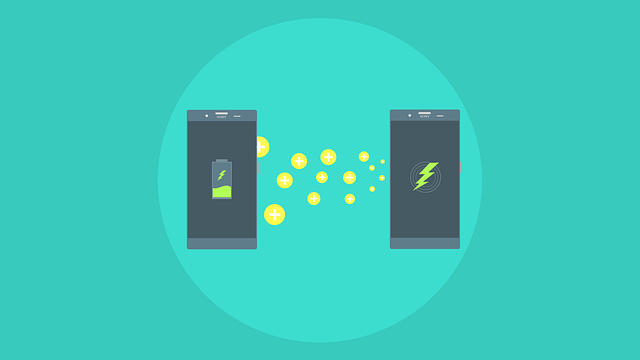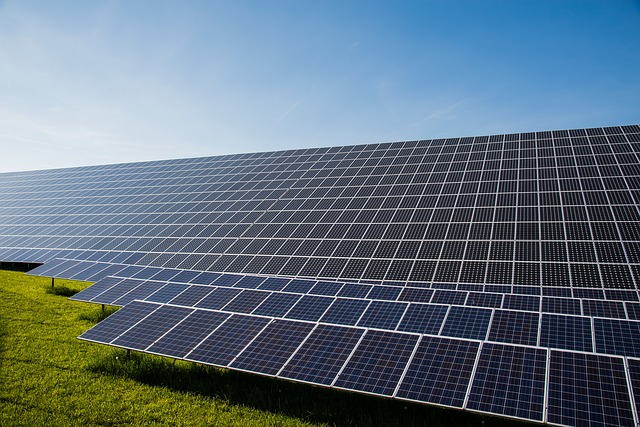Lithium Ion Battery Electrolyte Review Definition and Working
Mar 24, 2020 Pageview:1336
What is the electrolyte in lithium ion battery?
The electrolyte is a huge part of the Lithium ion batteries. Matter of fact, Lithium ion batteries cannot function without an electrolyte. An electrolyte is a medium where the positive lithium ions are being transported between the cathode and the anode of the battery. For most Lithium ion batteries, the electrolyte is composed of Lithium salt. Besides the Lithium salt, there are various additives that need to be included in the electrolyte in order for it to work properly and have the appropriate characteristics. The additives that are added to the electrolyte help to improve the stability of the electrolyte preventing problems like dendritic formation and degradation of the solution itself. Depending on the anode and the cathode materials, the specific electrolyte composition will vary. The most important part is to consider the composition of those additives, as they have a huge impact on how the Lithium ion battery performs.
How do electrolyte additives work inside of the lithium ion battery?
Electrolyte acts as a catalyst inside of the Lithium ion battery. It facilitates the movement of ions from the anode to the cathode while charging and discharging. The electrolyte is composed of soluble salts, acids, and other bases in liquid. It is then transformed into gelled and dry formats. The electrolyte has also another form, which is in the form of a polymer used in solid state lithium batteries. And other forms of solid ceramic and molten salts, which are used in sodium Sulphur batteries.
The electrolyte that is used inside of Lithium ion batteries is of the liquid, gel, or dry polymer form. The liquid form of the electrolyte is a very flammable organic substance, not an aqueous solution. Most of the cases it is composed of lithium salts with organic solvents like ethylene carbonate. Lithium salts are mixed with diverse carbonate to provide higher conductivity and expands the electrolyte's temperature range limits. Some other salts may be introduced to the mixture to reduce other negative aspects like gassing and improve high temperature cycling of the mixture.
In Lithium ion and lithium polymer batteries, the electrolyte inside of them is introduced to many additives. These additives are used to increase the conductivity of the electrolyte. Moreover, additives are introduced to the mixture to improve longevity and enhance unique characteristics that are essential for the well being of the battery. Each manufacturer has their recipe for the additives added to the electrolyte and is considered a classified industrial secret for each company.
Generally, the electrolyte is a stable element. However, in Lithium ion batteries due to the continuous chemical reactions inside of the battery. A passivation thin film is formed on the anode of the battery. That passivation film is called "solid electrolyte interface (SEI)". This film layer acts as a separation layer that separates the anode from the cathode, however, it allows the ions to flow through it acts much like a separator. To summarize, the SEI layer in lithium ion batteries is essential to allow the battery to operate and function properly. Moreover, electrolyte oxidation occurs over time on the cathode of the Lithium ion battery, which in return affects the capacity of the battery permanently.
The additives added to the mixture in Lithium ion batteries act as a way to prevent the SEI from becoming too restrictive. They are added as a way to increase the longevity of the battery.
As mentioned before, additives are the top secrets of their companies. However, a famous additive is vinylene carbonate (VC). Which a quality material that improves the life cycle of the Lithium ion battery. Especially when operating in higher temperatures. Moreover, it keeps the internal resistance low with extensive usage and old age. VC, in addition, works as a stabilizer for the SEI film on the anode without any know side effects.
What is a solid-state electrolyte?
Solid state electrolytes are solids that exhibit high conductivity for cations and anions despite being electronic insulators. It was developed in the early 1970s at the time when the demand for alternative energy sources was at its peak. Solid state electrolytes are materials that have the ability to conduct electricity throughout the movement of ions while in their solid phase or state. Unlike solid state electronic conductors like metals and semiconductors, solid electrolytes conduct electrical current by the movement of ions (anions and cations). Solid state electrolyte is also known as Fast Ionic Conductor (FIC), and Super Ionic Conductors.
Solid state electrolyte is divided into two categories:
Inorganic electrolyte
Solid Polymer electrolyte.
Solid Polymer electrolyte is prepared usually by the polymerization method. Other methods are also used in its preparation as the addition of Nano fillers to it. Inorganic electrolyte, on the other hand, includes Oxides and Sulfide powders.
Solid state electrolyte, when used in Lithium ion batteries, must be in the form of amorphous or non crystalline. That is why; mechano chemical methods are used in the preparation of the electrolyte throughout milling or grinding.
For a Solid state electrolyte, there are some properties that it must possess in order to be called one. Of these properties:
It must have a very high ionic properties and conductivity.
It must possess negligible electronic conductivity.
It must possess large numbers of mobile ions.
It must have large numbers of empty sires with an equivalent activation energy.
Anions' framework of the electrolyte must be highly polarizable.
Finally, the solid state electrolyte must be chemically and physically compatible with the anode and the cathode of the battery the electrolyte is going to be used in.
The science behind the formation of Solid state electrolyte is called Solid State Ionics (SSI). Despite being introduced to the world in the early 1970s, it is still -until this day- considered a new area of research. Since the demand for solid state electrolytes is not as much as the regular electrolyte, it is forecasted, that the science will not improve much in the following decade.
Leave Message
Hottest Categories
-
Hottest Industry News
-
Latest Industry News














